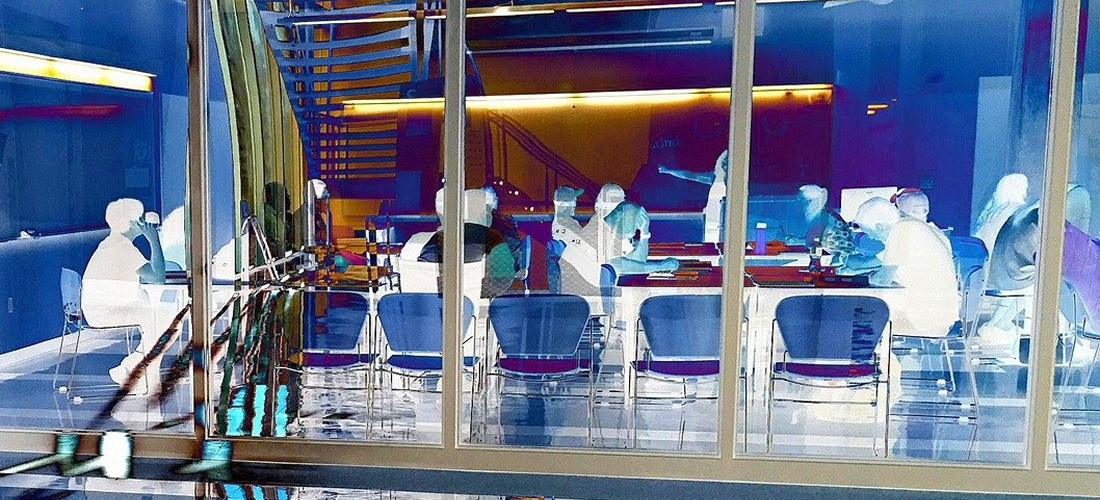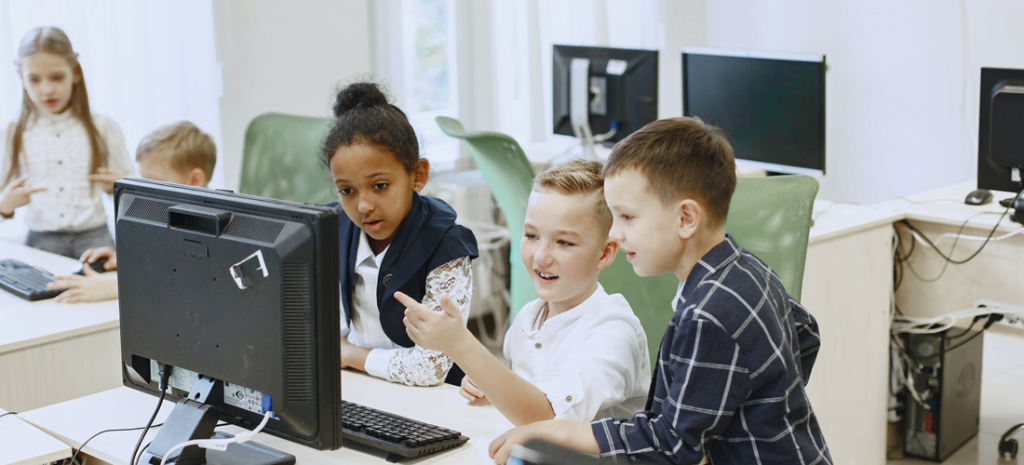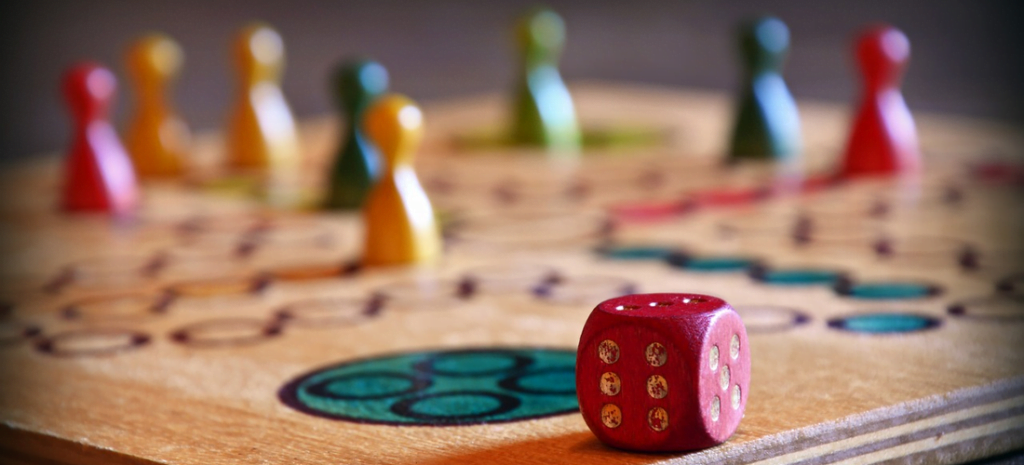Today, we’re diving into the deep end of blended learning strategies – the innovative approach that mixes traditional classroom teaching with online education, providing a game-changing learning experience. This method not only upgrades our teaching techniques but also breathes new life into the learning process for students. So let’s explore this exciting blend of the old and new, shall we?
Effective Blended Learning Strategies
Blended learning strategies combine traditional face-to-face instruction with online or digital components. These strategies are designed to enhance the learning experience, increase engagement, and accommodate different learning styles. Here are several blended learning strategies along with brief discussions of each:
Flipped Classroom
The “Flipped Classroom” strategy is a game-changer in the realm of blended learning. Imagine this – instead of hearing a new lecture in class and then applying the learned concepts at home, you switch it up. You first encounter new concepts at home, typically via online lectures or tutorial videos, and then come to class ready to dive into the application part.
This is the essence of a flipped classroom, a powerful blended learning strategy that leverages digital technology to reverse the traditional learning environment. It allows you more time to work on what you find challenging during class, with your teacher available to guide and support you. This method fosters a more personalized and effective learning experience, where you’re not just a passive recipient of information, but an active participant in your own education.
Station Rotation
The Station Rotation Model is a highly effective blended learning strategy. Imagine your classroom as a bustling hub of learning activity where you, as the educator, aren’t just standing at the front of the room lecturing. Instead, you have multiple “stations” set up, each with a different focus. Your students rotate through these stations, spending a set amount of time at each one. This could involve a mixture of online learning, group work, and individual study.
The beauty of the Station Rotation Model lies in its flexibility – you can tailor each station to suit the diverse learning needs and styles of your students. This approach helps to promote an active, student-centered learning environment where instruction is personalized and engaging. This makes learning more interactive, fun, and effective. So, if you’re looking for an innovative way to spice up your teaching and boost student engagement, the Station Rotation Model is certainly a strategy worth considering.
Flex Model
The “Flex Model” stands as a dynamic strategy within the spectrum of blended learning techniques. This model gives you, the learner, significant control over your educational journey. You primarily learn online, at your own pace, tailoring your education to your individual needs, strengths, and areas for growth. Face-to-face teacher instruction is available, but on a more flexible and need-based schedule. This approach allows for personalized learning paths, fostering a more independent and self-motivated learning environment. It’s game-changing because it breaks away from the traditional, one-size-fits-all teaching model and shifts towards a more learner-centric approach.
Online Discussions and Forums
“Online Discussions and Forums” represent an effective blended learning strategy, creating a vibrant learning ecosystem where you, as a learner, can interact with your peers and educators digitally. This approach breaks the geographical barriers; you can share your thoughts, ask questions, and gain feedback, all at your convenience. Moreover, it fosters critical thinking as you engage in intellectual debates and explore diverse perspectives. Thus, online discussions and forums are an integral part of blended learning strategies, providing you with a rich, collaborative, and inclusive learning experience.
Peer Teaching and Learning
Peer Teaching and Learning is an effective blended learning strategy that you can tap into. It involves learners taking on the role of the teacher, explaining concepts, and engaging their peers in learning activities. This method not only reinforces the knowledge of the ‘peer teacher’ but also provides a diverse learning experience for the other students in the class. In a blended learning environment, this strategy can be implemented both in the traditional classroom setting and online. For instance, learners can create videos or slideshows demonstrating a certain topic and share it online for their peers. This encourages active participation and triggers critical thinking, making the learning experience more comprehensive and enriching.
Blended Assessments
Blended Assessments are a crucial part of blended learning strategies, providing a balanced mix of traditional and digital methods to evaluate your learning progress. Imagine this – you’re not only answering multiple-choice questions on a computer or writing essays on a topic. Instead, you’re creating digital portfolios, participating in online discussion forums, and presenting your projects via video conferences. This approach gives you a comprehensive perspective of your strengths and areas to improve. It ensures that the assessments align with real-world applications, enhancing your critical thinking and problem-solving skills. Blended assessments, therefore, serve as a versatile tool in your learning journey, offering a more well-rounded evaluation of your understanding and application of the course material.
Flipped Mastery
Flipped Mastery is indeed a game-changing blended learning strategy. It’s like the traditional flipped classroom, but with a twist. In this model, you are in control of your learning path. You move through the content at your own pace, mastering each topic before moving on to the next. With Flipped Mastery, the classroom becomes a space for you to deepen your understanding and apply what you’ve learned, with the guidance of your teacher. It’s a strategy designed to promote self-directed learning, critical thinking, and mastery of content. So, when it comes to blended learning strategies, don’t overlook the potential of Flipped Mastery. It’s not just about listening to lectures at home, it’s about mastering your learning journey.
Gamification and Digital Simulations
Gamification and digital simulations are emerging as popular blended learning strategies that you can effectively use in your classroom. Imagine transforming complex subjects into engaging games or immersive simulations. Sounds fun, doesn’t it? This is what gamification and digital simulations are all about. They incorporate elements of gameplay such as points, levels, and challenges into the learning experience.
This not only makes learning fun but also enhances students’ motivation and engagement. Moreover, digital simulations allow students to safely explore and learn from situations that mimic real-world scenarios. So, why not embrace these blended learning strategies and add a dash of fun and practicality to your teaching?
Blended Professional Development
Blended Professional Development (BPD) is a trailblazing strategy in the field of blended learning. Instead of traditional in-person training sessions or webinars, BPD combines the best of both worlds. This strategy allows you, as an educator, to learn at your own pace with online resources, while also providing opportunities for face-to-face interaction and collaboration with peers.
It’s an ideal blend of self-paced learning and collaborative workshops. BPD not only values your individual learning styles and needs, but also promotes community building and shared knowledge. It’s a game changer, transforming the way professional development is delivered and consumed in the educational landscape.
Analytics and Data-Driven Instruction
Analytics and Data-Driven Instruction represents a pivotal strategy in the realm of blended learning. Think about it this way, you’re not just teaching anymore, you’re also leveraging valuable data to drive your instruction. It’s like having a roadmap to each learner’s mind, understanding their strengths, weaknesses, and learning pace.
With this strategy, educators can track students’ progress in real time, identify areas of struggle, and then tailor instruction or provide additional resources to help them succeed. It’s a dynamic and responsive approach that adjusts to each student’s unique learning journey. Just imagine how much more effective your teaching could be if it was fine-tuned to the learning patterns of your students. That’s the power of Analytics and Data-Driven Instruction in blended learning.
Blended learning strategies offer flexibility, personalization, and the potential for increased student engagement. When implemented thoughtfully, they can improve learning outcomes and prepare students for success in a technology-driven world.
Conclusion
Blended learning strategies aren’t just a passing fad, they’re game-changers that are here to stay. They bring the best of both worlds – traditional face-to-face teaching and digital learning – to your fingertips, giving you a unique advantage in the educational landscape. They promote flexibility, adaptability, and individualized learning like never before. So, don’t fear stepping out of your comfort zone. Jump right in and let these blended learning strategies transform your journey. You’ll likely find that they not only enrich your learning experience, but also equip you with the kind of holistic, multi-dimensional skills that are in high demand in today’s world.
Frequently Asked Questions
What do teachers do in blended learning?
Teachers become the facilitators of learning rather than just the sources of information. By integrating online educational materials and traditional face-to-face teaching methods, they create a dynamic learning environment that caters to diverse learning styles. Teachers design interactive online content which students can access at their own pace, freeing up class time for deeper discussions, practical applications, and personalized assistance. With blended learning, teachers can also track student progress using digital tools, allowing for real-time feedback and tailored instruction. So, as you dive into blended learning, remember that it’s about making education flexible, engaging, and personalized.
What makes blended learning effective?
Firstly, it’s the perfect blend of traditional face-to-face instruction and online learning. You get the best of both worlds—personal interaction with teachers and peers, and the flexibility to learn at your own pace. Secondly, blended learning caters to different learning styles. Whether you’re a visual learner who absorbs information through videos or an auditory learner who prefers podcasts, blended learning has got you covered. Lastly, it emphasizes active learning, encouraging you to apply what you’ve learned in practical scenarios.
What is the learning style of blended learning?
Blended learning, as the name suggests, is a unique blend, a fusion of traditional classroom learning and online learning. It’s the perfect marriage of face-to-face instruction with online learning experiences, designed specifically with you, the learner, in mind. This style of learning allows you to enjoy the best of both worlds. You get the personal touch, immediacy, and social interaction that can only be found in a physical classroom, while also enjoying the flexibility, convenience, and vast resources available through online learning.
You might also like:
- 21 Effective Visual Learning Strategies To Engage Visual Learners
- 15 Powerful Kinesthetic Learning Strategies to Unlock Academic Success



